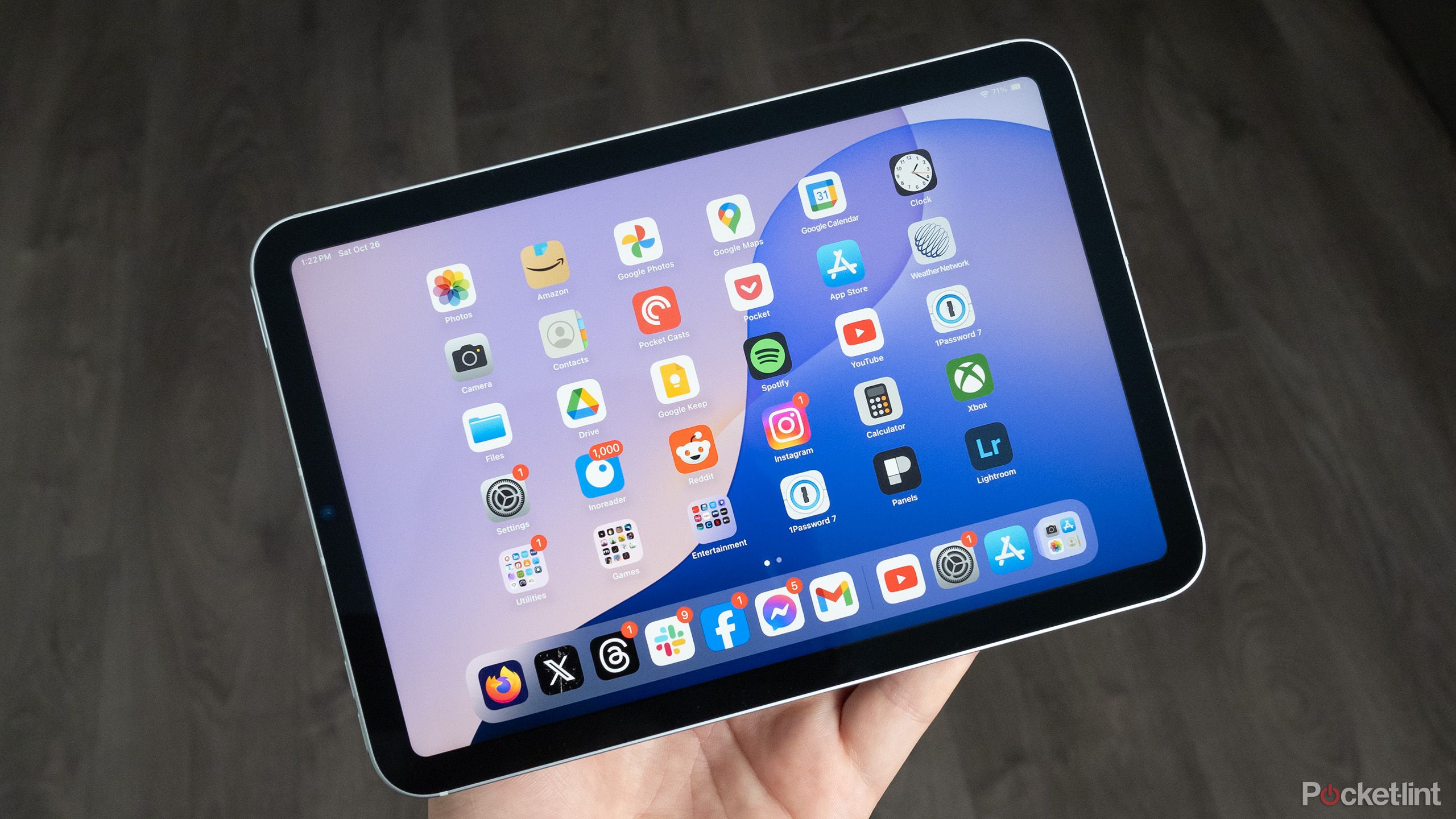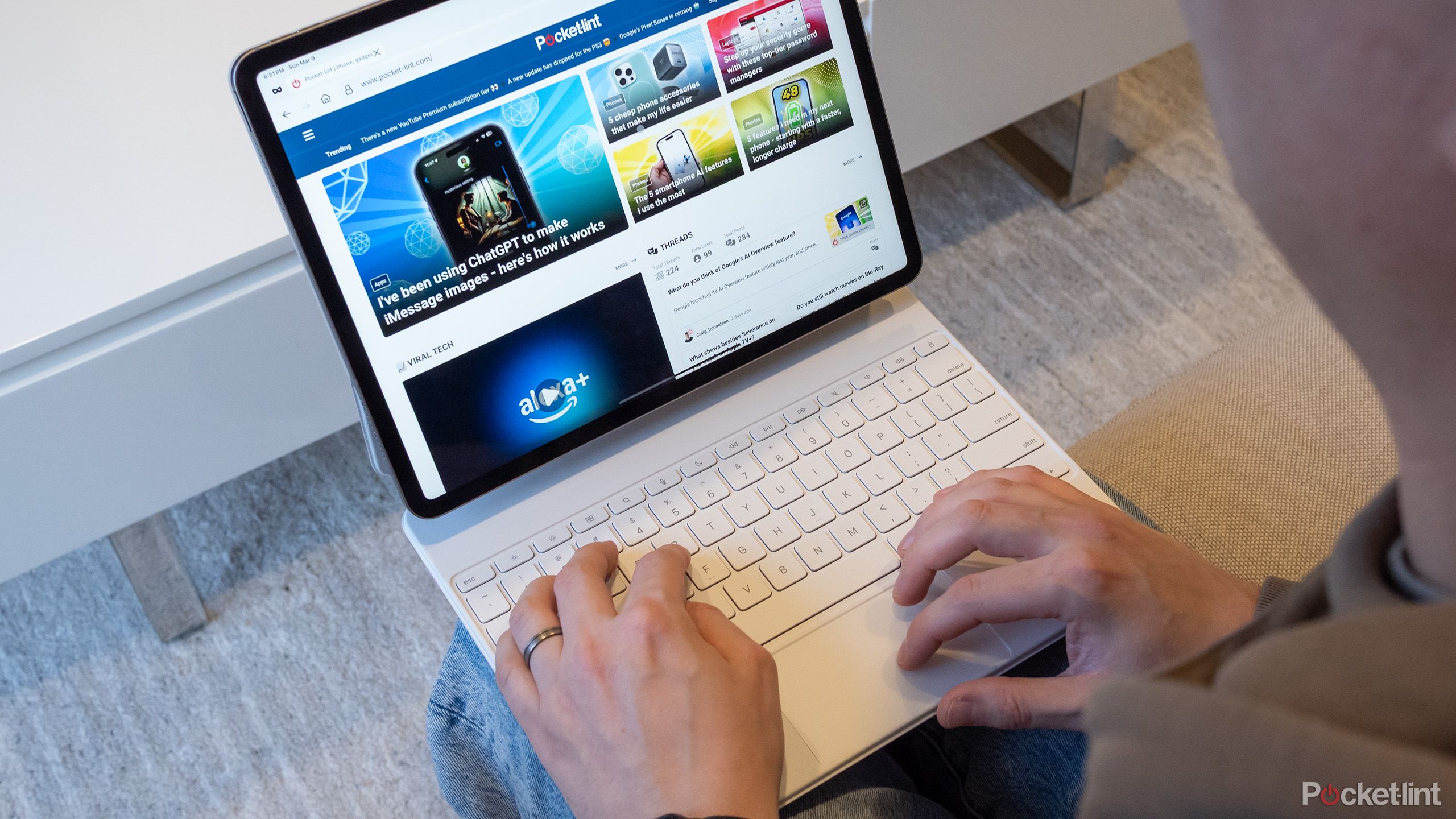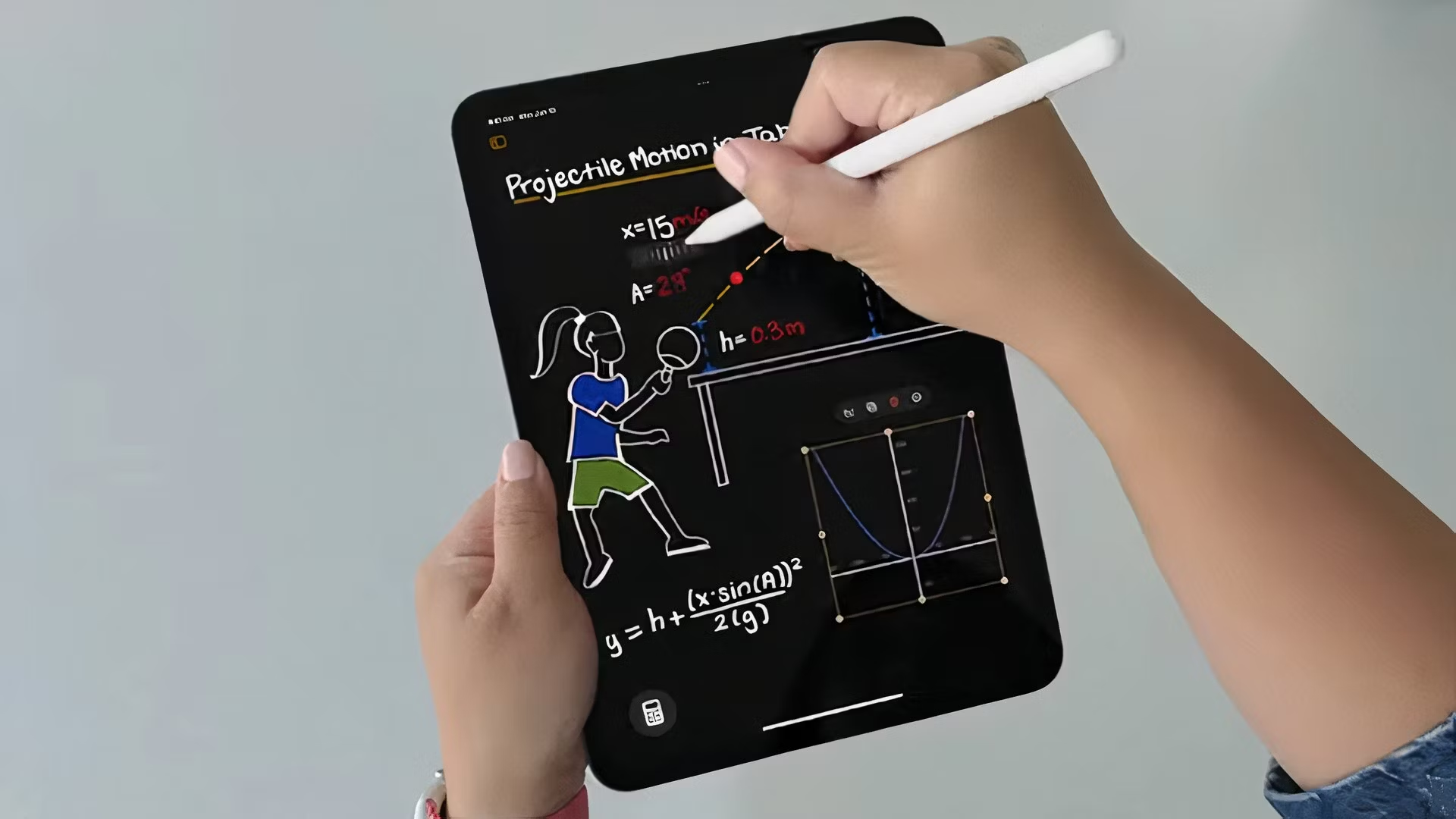Summary
- The first foldable iPhone is rumored to be shipping in 2026, using a tablet-style 7.8-inch internal display.
- That could siphon sales away from some iPad models, particularly the iPad mini, which mostly behaves like an oversized iPhone.
- There will always be some appeal to dedicated tablets, however, mainly for people wanting a laptop replacement.
Rumors around the first foldable iPhone are picking up pace. It’s expected to ship in 2026, and may be one of the most expensive foldables ever released, since Apple is reportedly sparing no expense to minimize the creasing found on most tablet-style foldables. It could potentially cost upwards of $2,000, especially if US tariffs on Apple’s manufacturing partners aren’t dropped. In that scenario, I wouldn’t be surprised to see top-end units approach $3,000 — which is mind-boggling, considering that you can get a killer gaming PC for that price today. The Apple Vision Pro is just $500 more.
Something that hasn’t been discussed very often is what I’d consider an obvious question — what’s going to happen to the iPad lineup? By its very nature, a tablet-like foldable risks cannibalizing sales of other tablets from the same company. Personally, I think the iPad will continue to thrive after foldable iPhones arrive, although it may have to evolve in response.

Related
Here’s why you should use Stage Manager on your iPad instead of split-screen
Your iPad can feel a lot more like a Mac if you embrace Stage Manager.
Staring down the gunbarrel
The new iPhone’s most likely victim
If there’s any iPad model likely to face a downturn after a foldable iPhone is released, it’s the iPad mini. The mini’s sole purpose is to run basic iPad apps on something larger than an iPhone screen. At 8.3 inches, it doesn’t have enough space for meaningful multitasking, and without an M-series processor, it can’t handle Stage Manager windows on external displays, or more advanced apps like Final Cut. Effectively, it is an oversized iPhone.
I could see the iPad mini disappearing entirely if folding tech becomes more affordable and de facto.
It will, of course, continue to be cheaper than any iPhone at $499 (tariffs notwithstanding), but someone who’s already looking at a $1,000-plus Pro iPhone on top of that might consider it worth the premium to merge the two form factors. The upcoming foldable is rumored to be sized at 7.8 inches when open — in practice, that should make it a mini you can stuff in your pocket, assuming Apple exploits the increased real estate by supporting iPad apps. There’s no guarantee of that, although it is an obvious move as long as Apple can build a hybrid iOS/iPadOS interface.
I’m expecting the mini to survive for a while past 2026, mainly because a lot of people can’t afford (or else justify) a Pro iPhone, and there will always be a group of people wanting to buy iPads sans any other Apple device. Its audience may shrink in the long term, though, and I could see the product disappearing entirely if folding tech becomes more affordable and de facto.
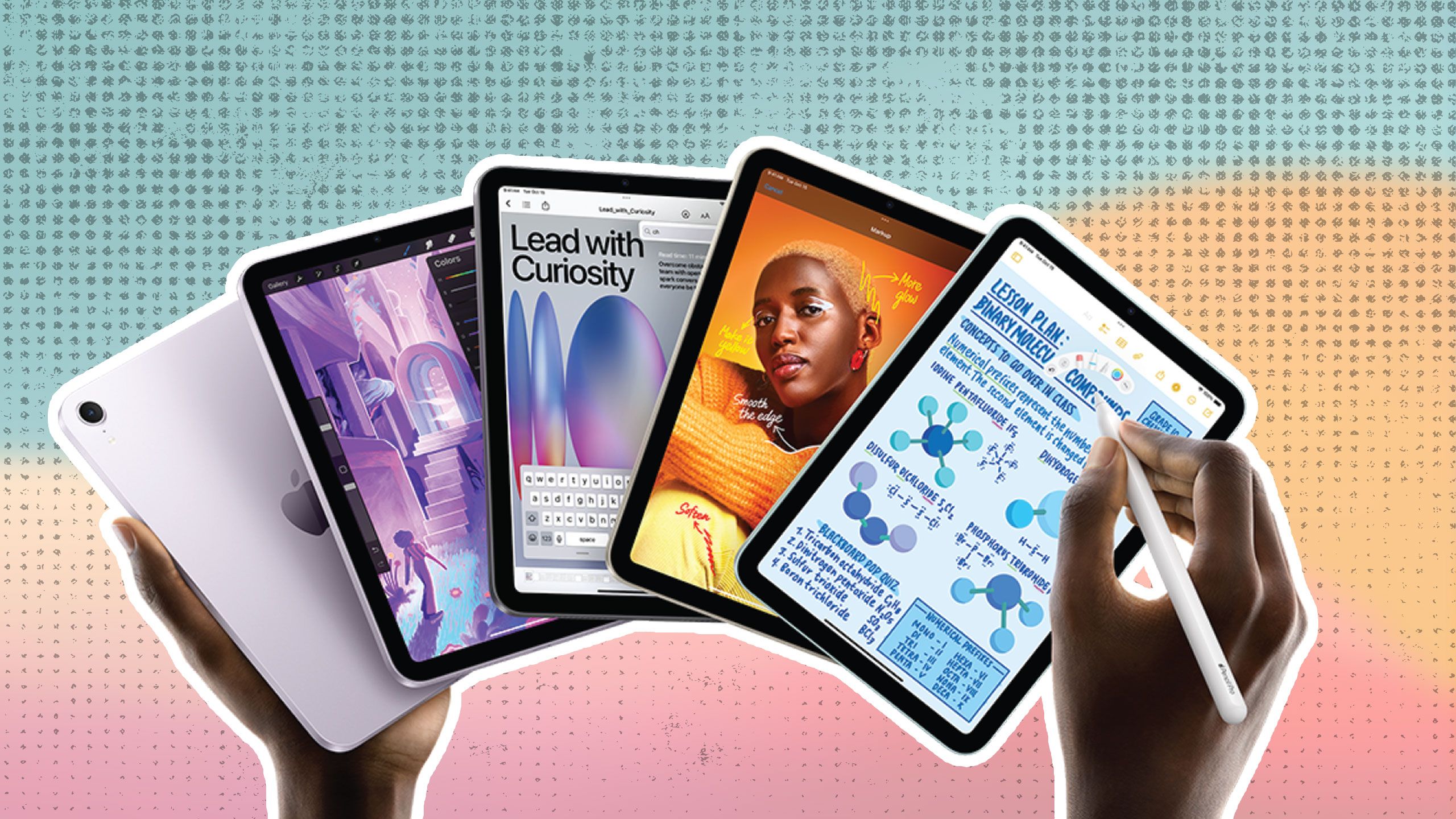
Related
The 4 ways my iPad mini earns its keep every single day
The iPad mini 7 is far from perfect, but its 8.3-inch display makes it the perfect tool for these activities.
What about the bigger iPad models?
Some threat, but not much
Certainly, at least a few shoppers who would otherwise consider an 11- or 13-inch iPad might be tempted to get a foldable iPhone instead. Many people don’t use their iPads for anything more complicated than web browsing, video, email, or playing games. Shrinking to 7.8 inches would still be a sacrifice for them, but possibly a minor one that’s worth it for the improved convenience. It would mean having an iPad available anywhere at any time, after all, along with streamlined travel use. Flying long distances with a conventional iPad can sometimes be a chore, given the hassles of accessories, charging, and unpacking for security screenings. The effort is usually worth it for me, but probably not for everyone.
Apple will always need an iPad that can plausibly replace a laptop.
The good news for iPad sales is that even an 11-inch display can make a world of difference. Versus 7 or 8 inches, it’s more practical for work tasks, especially things like writing, spreadsheets, and image/video editing. It also makes multi-window multitasking possible, and if nothing else, media tends to be more enjoyable on the largest possible display.
Those reasons alone will probably keep bigger iPads relevant into the foldable era, but more than that, Apple will always need an iPad that can plausibly replace a laptop. Screen space is just part of the equation — you also need a Mac-level processor to handle a full range of apps, and that’s just not going to fit into a device you can stuff in your pocket, at least anytime soon. Bigger form factors also make it possible to add more ports, which means more accessory options. It’s hard to imagine something like the Magic Keyboard being realistic or desirable for an iPhone.
Honestly, then, I don’t see much change coming to the iPad lineup or its sales. Not directly because of a foldable iPhone, anyway.
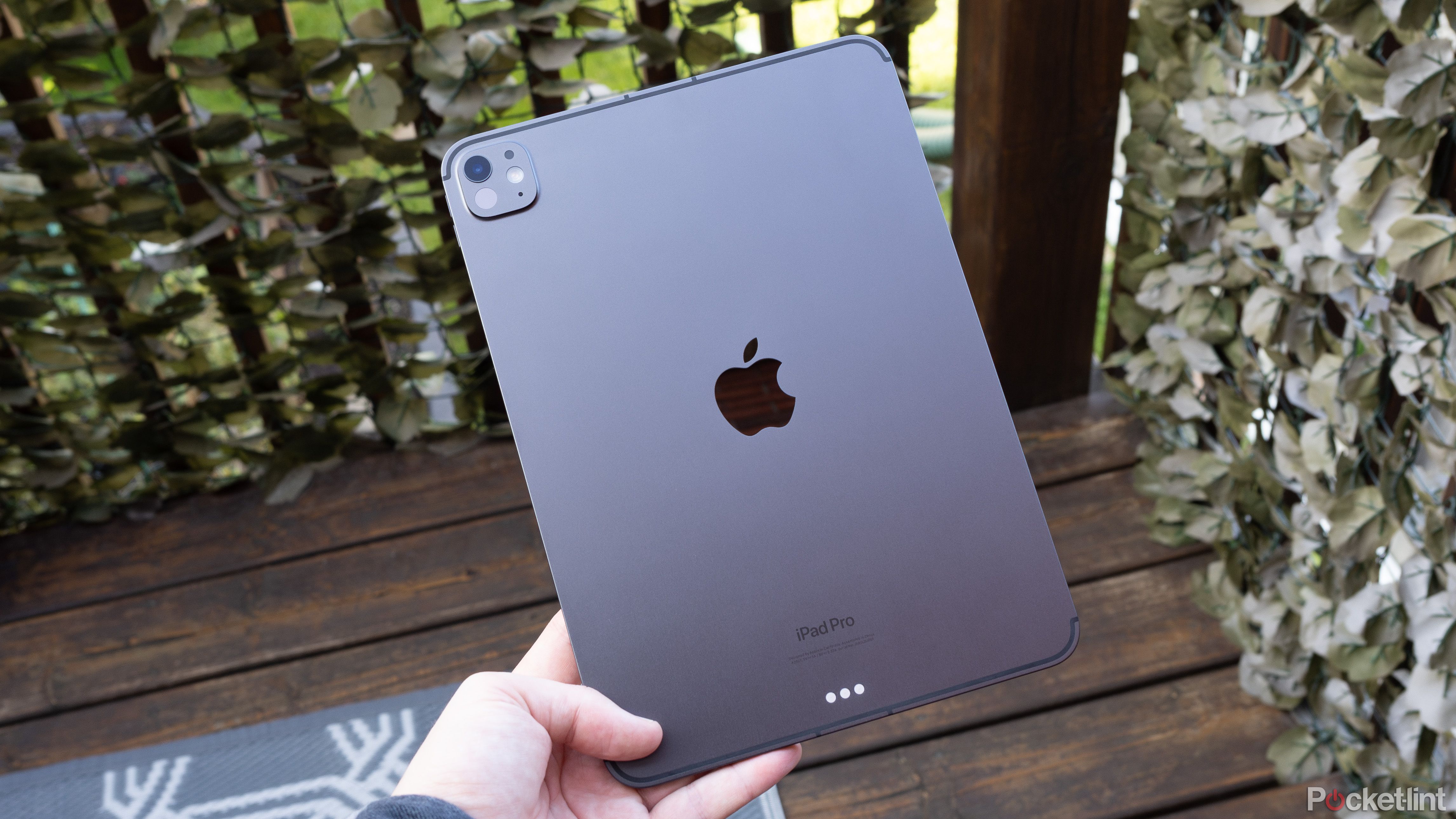
Related
I’m not holding my breath for the M5 iPad Pro – here’s why
Problems with justifying the iPad Pro’s existence are only going to intensify.
The greater pressure on iPads
Enough for a nudge forward?
Apple
If there’s a major impetus for change, it’s really the stagnation iPads have experienced for several years running. An iPad with an M-series chip is overpowered for most of the apps on the App Store, so there’s been little reason for anyone to upgrade since 2021, unless they’re into video editing, pro illustration, or high-end 3D gaming. Indeed, even the A12Z chip in my 2020 iPad Pro is humming along just fine. If the app landscape remains unchanged, I can’t see any personal reason to upgrade until I want a bigger screen, or Apple decides I’m no longer able to update my iPad’s software. I’ve probably got two or three years left on the update front.
I’m hopeful that the combination of stagnation and the need to distinguish iPads from foldable iPhones will encourage Apple to take action.
If Apple wants people to keep buying iPads — with or without a foldable iPhone — it needs to open up iPadOS. Minus the flexibility to run more (and more powerful) Mac-level apps, there’s no use for Mac-level processors, and really nowhere for the iPad to go beyond quality-of-life enhancements. Even a fully rollable iPad would be ridiculous if it was running the same apps as today.
I’m hopeful that the combination of stagnation and the need to distinguish iPads from foldable iPhones will encourage Apple to take action. The company has been wasting the potential of the iPad lineup so far, despite the constant pleas of dedicated users and us media figures. Perhaps Apple will surprise us with iPad changes next year, too.

You might also like
Everything you need to know about PEVs, or personal electric vehicles
You can use PEVs to explore, run errands, or speed up your commute.
Trending Products

Logitech MK470 Slim Wireless Keyboard and Mouse Co...

Wireless Keyboard and Mouse Combo, 2.4G Silent Cor...

HP 17.3″ FHD Business Laptop 2024, 32GB RAM,...

Wireless Keyboard and Mouse Ultra Slim Combo, TopM...


